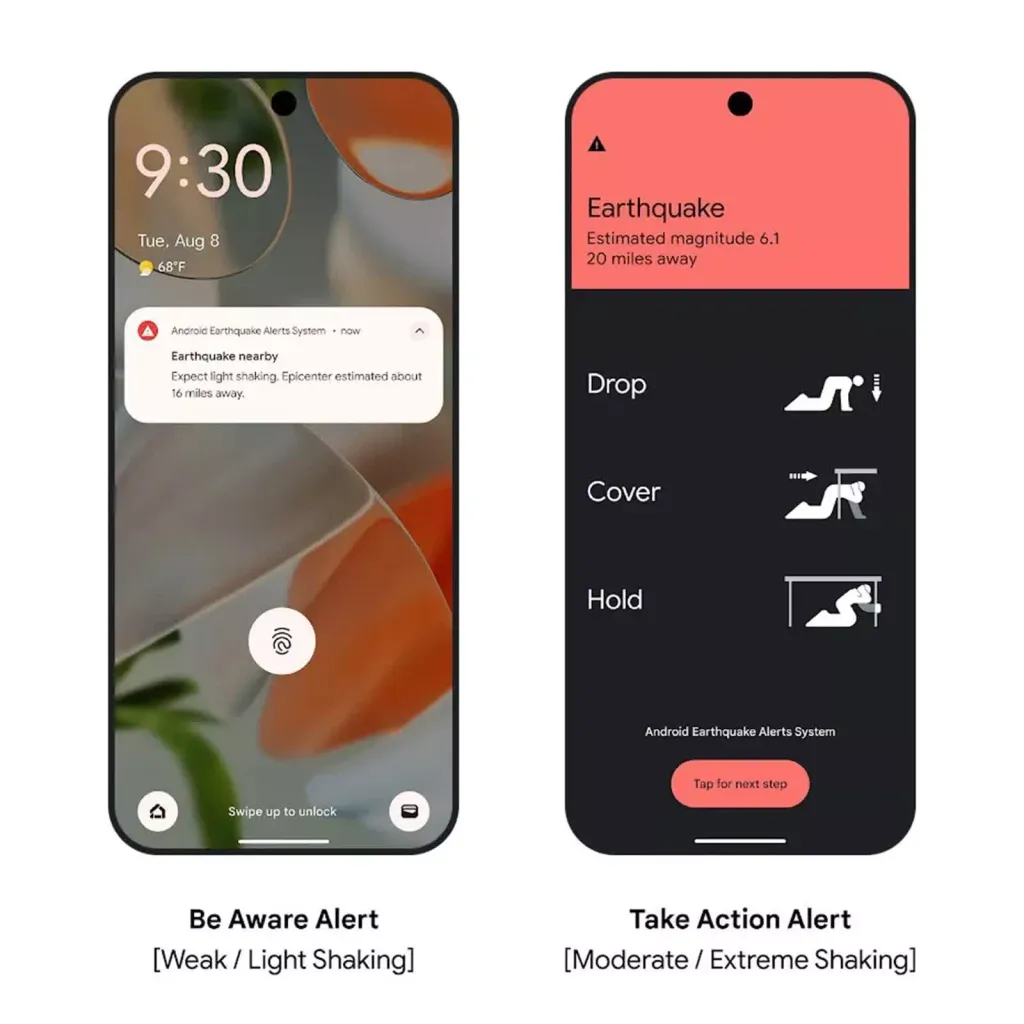
Since 2021, Google has been building something that would have sounded like science fiction a decade ago – an earthquake detection network based on smartphones. Using over two billion Android devices, the company has created a system that analyses data from motion sensors in real time and warns users before tremors occur. Sounds incredible? Yet it works – and with accuracy comparable to professional seismometers.
Mass over expensive devices
Traditional seismic systems rely on costly stationary devices. Google has opted for scale – millions of phones acting as miniature sensors. Algorithms collect data from various regions, taking into account local geology and building types, and they even detect slight vibrations. Over the past three years, the number of users receiving alerts has increased tenfold, now covering 98 countries.
A system that learns (and can make mistakes)
February 2023 – two tragic earthquakes in Turkey exposed the weaknesses of the system. Google sent out 4.5 million alerts, but many of them lacked the appropriate level of urgency. Later analysis showed that after updating the algorithm, alerts would have reached 10 million people and would have been significantly more decisive. This demonstrates that the system is not infallible, but is constantly learning.
Scientists Praise, but Demand More Transparency
Experts from California and Washington commend Google's solution for its potential, but at the same time call for greater transparency. Although the company claims openness, it does not publicly share algorithms or data, making independent evaluation of the system difficult. Google emphasises that this is merely a complement to official systems, not a replacement.
If you have a smartphone – you are part of something bigger. The earthquake warning system based on Android may be one of the most innovative life protection tools ever created. And while it is not yet perfect, its potential grows with every additional phone connected to the network.
 Katarzyna Petru
Katarzyna Petru













